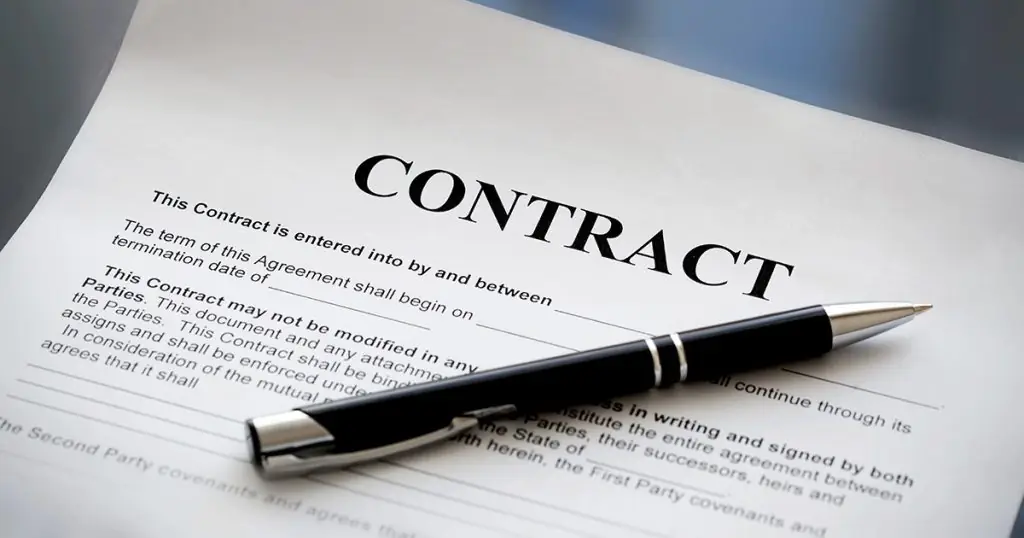Contract Administration Training for Project Engineers and Managers

The $400 million power plant project had a perfect contract. Drafted by top lawyers. Negotiated by experienced commercial teams. Everyone signed confidently. Then the project started. Within six months, disputes exploded. Claims piled up. The client refused payment. The contractor threatened to walk off-site. What went wrong? The contract was fine. The administration was terrible. […]
Contract Drafting Rules

In previous posts, we discussed various types of contracts based on the nature of transaction, mode of project delivery, and compensation method. The next step in the journey is learning how to draft a good contract — one that’s simple, error-free, and easy to execute. In this post, we’ll explore six important contract drafting rules […]
Difference Among Lump Sum, Item Rate & Cost Plus Contracts

In the previous post, we covered the contract classification based on Nature of Transaction and Mode of Project Delivery. Accordingly, we discussed the difference among Supply, Service Contracts & Works Contracts and among EPC, EPCM and Multiple Packages Contracts In this post, we are going to discuss various kinds of contracts under the broad category called […]
Difference among EPCM, Multiple Packages and EPC Contracts (2)

In the last post we discussed how contracts are classified based on the Mode of Project Delivery. We read that depending upon the mode of project delivery; various contracts / contracting approaches could include EPC, EPCM and Multiple Package Contracts. Further we discussed EPC Contract in more detail in the previous post. Please click here to read that post: […]
Difference among EPCM, Multiple Packages and EPC Contracts

In the last post we covered Contract Classification based on the Nature of Transactions. We discussed that based on the kind of transaction, contracts are classified as Supply, Services and Works Contracts. Please click here to re-read last posts: http://www.rkstrainings.com/difference-among-supply-service-and-works-contract-2/ In the business world, every business entity is dependent on other firms for procurement of goods, services or […]
Difference among Supply, Services & Works Contracts (1)

Hi Friends, In the previous posts, we have covered Basic Concepts and Definition of a Contract. Now the next step in the journey is to discuss different kind of contracts and rationale behind their classification. Contracts could be classified into various types based on the followings categories; In this post, we will discuss various types of contracts based on: Nature […]
Sale of Goods Act – Law Governing Supply Contracts

In the last post we discussed Indian Contract Act, a statue applicable to the contractual relationships between the parties. Please click on the link below to read the post again http://www.rkstrainings.com/indian-contract-act-law-governing-contracts/ In this post we are going to discuss Sale of Goods Act, a specific law related to sale/purchase of good Sale of Goods Act […]
Significance of MOU and its most suitable use

Dear Readers, In the last post we discussed what MOU is and how it is different from a contract. Please click on the link below to read it again http://www.rkstrainings.com/2022/01/31/difference-between-mou-and-contract/ In this post, I wish to explain the significance of MOU and its most appropriate usage. Accordingly, we will realize its relevance for commercial and non-commercial agreements entered between […]
Difference between MOU and Contract

Dear Readers, MOU is a common term and we hear about it frequently in our work life. Business Entities and Central/State Governments regularly draft/sign MOU’s to records the mutual promises and understanding of the parties. Also, they keep on referring/interpreting existing MOU to know the respective duties of parties. So what is the relevance of […]
Difference b/w Contract Administration and Management

Dear Readers, In the last post we discussed Contract Life Cycle and its 4 stages. Please click on below link to read this post again http://www.rkstrainings.com/contract-life-cycle-and-its-various-stages/ In this post, we are going to discuss the meaning and definition of other key terms related to Contracts i.e. Contract Formation, Administration and Management. Contract life cycle explains the activities under Contract Formation and Administration. This post […]

